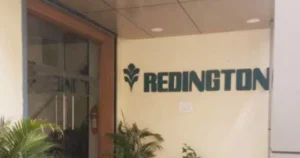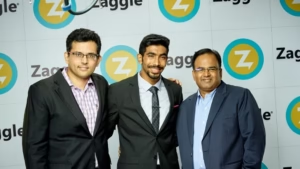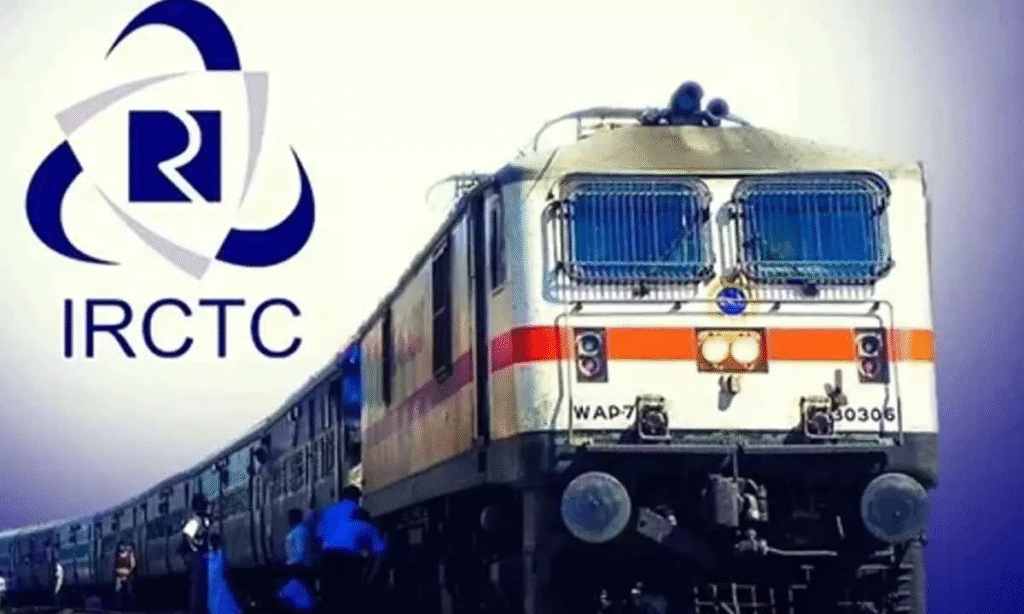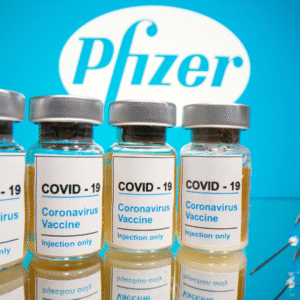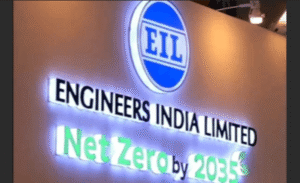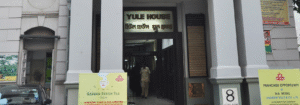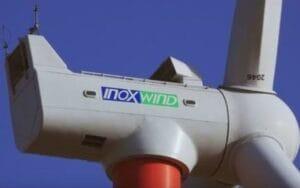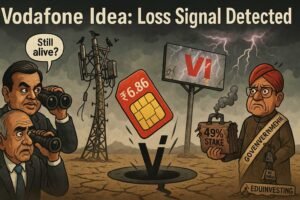1. At a Glance
IRCTC, the company that literally charges you for convenience while reminding you it’s the only legal place to click “Book Now” for a train ticket, has posted a Q1 FY26 profit of ₹330 crore. Revenue rose modestly, profits stayed chugging, and margins remain as fat as the extra ₹20 service fee you pay every time you travel. No, competition isn’t coming anytime soon — unless the government decides to privatize Indian Railways ticketing (and pigs start flying).
2. Introduction
If India’s rail network is the bloodstream of the nation, IRCTC is the cholesterol — everywhere, unavoidable, and occasionally expensive. It’s the only Mini Ratna PSU where “business moat” isn’t a metaphor — it’s a literal legislative wall. They handle ticketing, catering, and Rail Neer bottled water.
2025 started with a few interesting corporate moves — including winding up a dormant JV — but the real story is the steady profit growth and the fact that even with train fares regulated, IRCTC’s financial express rarely faces delays.
3. Business Model (WTF Do They Even Do?)
IRCTC’s revenue model is split across:
- Internet Ticketing– The cash cow. Transaction fees on millions of bookings per day.
- Catering & Hospitality– From train pantry food to station food plazas. Quality? Well… it’s edible.
- Rail Neer Packaged Water– Monopoly supply to stations and trains.
- Tourism– Bharat Gaurav trains, tour packages, and luxury rail experiences.
The monopoly ticketing rights alone mean IRCTC’s biggest competitor is… IRCTC’s own website crashing during Tatkal.
4. Financials Overview
Quarterly Performance – YoY & QoQ
(All values in ₹ crore unless stated)
| Metric | Q1 FY26 | Q1 FY25 | Q4 FY25 | YoY % | QoQ % |
|---|---|---|---|---|---|
| Revenue | 1,160 | 1,118 | 1,269 | 3.75% | -8.59% |
| EBITDA* | 409 | 375 | 397 | 9.07% | 3.02% |
| PAT | 330.45 | 308.00 | 358.00 | 7.28% | -7.71% |
| EPS (₹) | 4.13 | 3.85 | 4.47 | 7.28% | -7.61% |
*EBITDA = Operating Profit (₹397 Cr) + Depreciation (₹12 Cr)
Commentary:
- YoY growth is positive but slower than a passenger train on a single track.
- QoQ dip in revenue and PAT is seasonal — fewer bookings post-summer travel surge.
- Margins still healthy; annualised EPS ≈ ₹16.52 → At CMP ₹727, P/E ≈ 44.0 (matches screener’s 44.5).
5. Valuation (Fair Value RANGE only)
Method 1 – P/E
- PSU service peers trade at 30–40 P/E; IRCTC’s monopoly allows a premium.
- Annualised EPS ₹16.52 → FV range = ₹495 – ₹660 (at 30–40x).
Method 2 – EV/EBITDA
- EBITDA TTM ≈ ₹1,600 Cr.
- Sector EV/EBITDA ≈ 20–24x → EV range = ₹32,000 – ₹38,400 Cr → Per share ≈ ₹600 – ₹720.
Method 3 – DCF (Simplified)
- Base FCF ~₹1,000 Cr, growth 8%, discount 10%, terminal growth 3%.
- FV ≈ ₹610 – ₹700.
Educational FV Range: ₹495 – ₹720(For educational purposes only, not investment advice.)
